Sourav Pan
Transcript
Welcome to our exploration of algal cell structure! Algae are among the most important organisms on our planet, and understanding their cellular makeup reveals why they’re so crucial to life on Earth.
Algae are incredibly diverse photosynthetic organisms that produce approximately half of all the oxygen we breathe – that’s even more than all the trees and plants on land combined! They range from tiny single-celled organisms to massive seaweeds.
To understand how algae accomplish this amazing feat and why they’re so valuable for biotechnology applications like biofuels and food production, we need to examine their cellular structure.
Let’s take a closer look at a more detailed algal cell diagram. This shows us the intricate organization of organelles that work together to make algae such efficient photosynthetic organisms.
Each of these cellular components plays a crucial role in the algae’s ability to photosynthesize, reproduce, and adapt to their environment. In the following sections, we’ll dive deep into each component to understand exactly how they work and why they make algae so remarkable.
The cell wall serves as algae’s first line of defense – think of it as their protective armor against the outside world.
The cell wall is the outermost layer of most algal cells, forming a rigid barrier that gives the cell its shape and protects the delicate internal structures.
The cell wall is primarily made of cellulose, long chains of glucose molecules that form strong fibers. These cellulose microfibrils create a mesh-like structure that gives the cell wall its incredible strength.
Hemicellulose works alongside cellulose, acting like flexible glue that holds the cellulose fibers together. This creates a strong yet somewhat flexible structure.
The cell wall also contains mucilage, a gel-like substance that helps the algae retain water and provides additional protection. Pectin acts as a cementing agent, helping to hold everything together.
However, not all algae have traditional cell walls. Some species like Gymnodinium have a flexible layer called a pellicle instead. This protein-based structure allows them to change shape while still providing some protection.
To summarize: the cell wall serves as algae’s protective armor, built mainly from cellulose and hemicellulose, with mucilage and pectin providing additional support. Remember that some algae species use flexible pellicles instead of rigid cell walls.
The plasma membrane sits just beneath the cell wall and acts as the cell’s gatekeeper, carefully controlling what enters and exits the algal cell.
In this algae cell diagram, we can see the plasma membrane as a thin boundary layer located just inside the cell wall, surrounding all the internal cellular components.
Think of the plasma membrane as a selective gatekeeper. It allows beneficial molecules like nutrients to pass through while blocking harmful substances like toxins from entering the cell.
The plasma membrane has a sophisticated structure. It consists of a phospholipid bilayer – two layers of fat molecules arranged with their water-loving heads facing outward and their water-repelling tails facing inward.
Various proteins are embedded within this bilayer. Integral proteins span the entire membrane and often form channels or pumps, while peripheral proteins attach to the membrane surfaces and help with signaling and structural support.
Some algae species have developed a special reinforced membrane called a periplast. This thicker, stronger membrane provides an extra layer of protection beyond the standard plasma membrane, helping these algae survive in harsh environments.
To summarize: the plasma membrane is the cell’s gatekeeper, controlling molecular traffic with its phospholipid bilayer structure and embedded proteins. While similar to other eukaryotic cells, some algae have evolved special reinforced membranes called periplasts for extra protection.
The protoplast represents the living heart of the algal cell. This is where all the cellular magic happens, from energy production to genetic control.
Inside the plasma membrane, we find the protoplast – essentially everything that makes the cell alive. Think of it as the cell’s core operating system.
The protoplast contains two main components: the nucleus, which acts as the cell’s control center, and the cytoplasm, the gel-like medium where cellular reactions take place.
The protoplast is where all the action happens. Photosynthesis converts light into energy, proteins are synthesized according to genetic instructions, and countless biochemical reactions keep the cell alive and functioning.
Surrounding the protoplast is the selective cell membrane, made of lipids and proteins arranged in a fluid mosaic structure. This membrane acts as a sophisticated gatekeeper, controlling what enters and exits the cell.
The membrane uses two main transport methods: passive transport, which requires no energy and allows molecules to flow naturally, and active transport, which uses cellular energy to move specific molecules against their concentration gradients.
The protoplast is truly the cell’s core – a highly organized, dynamic environment where the fundamental processes of life unfold. Its selective membrane ensures the cell maintains the perfect internal conditions for optimal function.
Chloroplasts are the remarkable organelles that make photosynthesis possible in algae. These specialized structures are truly the powerhouses of the algal cell, converting light energy into chemical energy that sustains life.
Every chloroplast has a distinctive double-membrane structure. The outer membrane acts as a protective barrier, while the inner membrane contains the machinery needed for photosynthesis.
Inside these chloroplasts, the amazing process of photosynthesis occurs. Light energy, carbon dioxide, and water are converted into glucose and oxygen, providing energy for the entire algal cell.
The key to photosynthesis lies in special pigments called chlorophylls. Chlorophyll a, shown here, has a complex ring structure with a magnesium atom at its center. This structure allows it to capture light energy efficiently.
Algae have evolved many different chloroplast shapes, each adapted to their specific environment and lifestyle. These include cup-shaped, discoid, spiral, and many other forms, each optimized for maximum light capture.
These different chloroplast shapes represent millions of years of evolution. Each form is perfectly adapted to help algae thrive in their specific environment, whether in bright surface waters or dim ocean depths.
Chloroplasts truly are the photosynthesis powerhouses of algae, making these organisms some of the most important producers of oxygen and organic matter on our planet.
Now we’ll take a detailed look inside chloroplasts to understand their remarkable internal structure and organization.
Chloroplasts have three major structural regions that work together as a highly organized system. These are the outer membrane, the inner membrane, and the stroma.
Let’s examine a detailed diagram of chloroplast structure. The outer and inner membranes form a double membrane system that controls what enters and exits the chloroplast.
Inside the inner membrane is the stroma, a fluid-filled space that contains the machinery for photosynthesis. The stroma is like the chloroplast’s workshop where important chemical reactions take place.
Within the stroma are specialized structures called thylakoids. These are flattened, disc-like sacs that stack together to form structures called grana. This is where the magic of photosynthesis happens.
The light-dependent reactions of photosynthesis occur specifically in the thylakoid membranes. This highly organized system captures sunlight and converts it into chemical energy with remarkable efficiency.
The chloroplast’s structure is perfectly designed for its function. The organized arrangement of membranes, stroma, thylakoids, and grana creates an efficient system for converting sunlight into the energy that powers life on Earth.
Algae display an incredible rainbow of colors, and this isn’t just for show. Their pigments are sophisticated molecular machines that capture light energy for photosynthesis.
Algae contain three main types of pigments, each with unique properties and colors. These pigments work together to maximize light absorption across different wavelengths.
Each pigment type absorbs light at different wavelengths. This allows algae to capture energy from various parts of the light spectrum, making them incredibly efficient at photosynthesis.
Here’s actual data showing how phycobilins absorb light. Notice the distinct peaks at different wavelengths, demonstrating how these pigments capture specific colors of light.
Different algae have evolved unique pigment combinations for their environments. Brown algae, for example, contain fucoxanthin, a special carotenoid that allows them to absorb more light than green algae, especially in deeper waters.
This pigment diversity is why algae can thrive in so many different environments, from shallow tide pools to the deep ocean. Each species has evolved the perfect pigment combination for its specific habitat and light conditions.
Mitochondria are often called the powerhouses of the cell, and in algae, they play a crucial role in converting nutrients into usable energy through cellular respiration.
Mitochondria are present in almost all types of algae, with one notable exception: Cyanophyceae, also known as blue-green algae, which are actually prokaryotes and lack these organelles.
The mitochondrion has a distinctive double membrane structure. The outer membrane is smooth, while the inner membrane is highly folded into structures called cristae. These folds dramatically increase the surface area available for energy production.
What makes mitochondria truly fascinating is that they contain their own circular DNA and ribosomes, separate from the cell’s nucleus. This is strong evidence that mitochondria were once free-living bacteria that formed a symbiotic relationship with early eukaryotic cells billions of years ago.
Cellular respiration is the process by which mitochondria convert sugars and oxygen into ATP, the universal energy currency of cells. This process also produces carbon dioxide and water as byproducts.
The efficiency of this process is remarkable. A single glucose molecule can be converted into up to 38 ATP molecules, providing the energy needed for all cellular activities in algae.
To summarize, mitochondria are essential organelles that serve as the energy factories of algal cells. They convert nutrients into ATP through cellular respiration, enabling all the metabolic processes that keep algae alive and thriving in their aquatic environments.
Vacuoles are essential organelles that serve as the cell’s storage units and waste disposal systems. Think of them as the cellular equivalent of warehouses and recycling centers combined.
To understand what vacuoles are, let’s look at this comparison. In plant cells, vacuoles are typically large, central structures, while in animal cells they are much smaller and more numerous.
There are three main types of vacuoles found in algae, each with specific functions. Let’s explore each type and understand their unique roles.
Gas vacuoles are particularly fascinating. Here we see a cyanobacterium with gas vacuoles shown in blue. These gas-filled structures help aquatic bacteria and algae adjust their buoyancy and move up and down in the water column.
Vacuoles perform three critical functions in algal cells. First, waste removal – they collect and dispose of cellular waste products. Second, osmoregulation – they help maintain proper water balance within the cell. Third, in the case of gas vacuoles, they provide buoyancy control.
To summarize, vacuoles are versatile organelles that keep algal cells healthy and functional. They manage storage, maintain water balance, and in some species, control where the algae position themselves in the water column. These functions make vacuoles essential for algal survival and adaptation.
Many algae are not stationary organisms. They actively move through their aquatic environments using specialized structures called flagella. These whip-like appendages are essential for algal locomotion and survival.
Flagella serve multiple important functions for algae. They enable movement toward light sources for photosynthesis, help escape from predators, and allow algae to find optimal nutrient conditions in their environment.
There are two main types of flagella found in algae: whiplash flagella and tinsel flagella. Each type has distinct structural characteristics that affect how the algae moves through water.
Whiplash flagella are smooth and simple in structure. They beat in a wave-like motion, similar to a whip, pushing the algae through the water. This type of flagellum is found in many green algae species.
Tinsel flagella are more complex, featuring hair-like structures called mastigonemes along their length. These mastigonemes reverse the direction of thrust, causing the algae to move in the direction the flagellum points, rather than away from it.
Here we can see a real example of an algal cell with both types of flagella. Notice how the cell moves in the direction of the tinsel flagellum, which has the mastigonemes, while the smooth whiplash flagellum assists in steering and stability.
The internal structure of flagella is remarkably complex and highly organized. At the core is the axoneme, which contains a precise arrangement of microtubules that enable the coordinated beating motion.
The axoneme follows a nine-plus-two arrangement: nine pairs of microtubules surround two central microtubules. This structure is surrounded by the plasma membrane and contains motor proteins that generate the bending forces for movement.
Recent research has revealed fascinating details about flagellar coordination. In algae with multiple flagella, one flagellum often acts as the coordinator, with others copying its motion. This coordination allows for precise control of swimming direction and speed.
Recent scientific breakthroughs have completely changed our understanding of algae cell walls. What we once thought was simple is actually remarkably complex and sophisticated.
For decades, scientists believed algae cell walls were relatively simple structures. But recent research using advanced techniques has revealed they’re far more complex than we ever imagined.
Let’s start with cellulose, the primary structural component. This image shows how cellulose forms from glucose molecules into microfibrils that give the cell wall its strength.
Scientists have discovered that some green algae contain the same polymers found in land plants. This includes cellulose for structure, pectins for flexibility, hemicelluloses for cross-linking, arabinogalactan proteins for protection, and even lignin-like compounds for added strength.
This diagram shows how these different polymers work together in the algae cell wall. The cellulose microfibrils provide the framework, while other polymers fill the spaces and add specialized functions.
Perhaps the most amazing discovery is that Ulvophycean seaweeds can actually change their cell wall composition during different life cycle stages. They switch between cellulose, beta-mannans, and beta-xylans as their main structural components.
These discoveries revolutionize our understanding of algae. They show that algae are far more sophisticated than we realized, with cell walls that rival the complexity of land plants and the ability to adapt their structure as needed.
Scientists have achieved something that sounds like science fiction – they’ve successfully inserted chloroplasts from red algae into hamster cells, enabling photosynthesis within animal cells.
Traditionally, animal cells and plant cells have been fundamentally different. Animal cells lack chloroplasts and cannot perform photosynthesis, while plant cells use chloroplasts to convert sunlight into energy.
The breakthrough involves taking chloroplasts from red algae and inserting them directly into hamster cells. This process requires precise cellular engineering techniques.
Scientists carefully extract the chloroplasts and introduce them into the animal cells using specialized techniques. The chloroplasts must remain intact and functional during this process.
The result is remarkable – the hamster cells can now perform photosynthesis! When exposed to light, they produce oxygen and energy, just like plant cells do.
This breakthrough has huge implications for tissue engineering. Engineered tissues with chloroplasts could provide their own oxygen and energy through light exposure, reducing the need for complex blood supply systems.
This cutting-edge research demonstrates how we’re manipulating algal cells for revolutionary new applications. It shows that the boundaries between plant and animal cells are not as fixed as we once thought.
The success of inserting algal chloroplasts into animal cells represents a major step forward in biotechnology and opens up exciting possibilities for future medical treatments and tissue engineering applications.
Recent research on the single-celled algae Chlamydomonas reinhardtii has revealed fascinating insights into how these microscopic organisms coordinate their swimming motion using two whip-like structures called flagella.
Each Chlamydomonas cell has two flagella that work together in a coordinated dance. Scientists discovered that these flagella have distinct roles – one acts as the leader while the other follows its movements.
To understand how this coordination works, we need to examine the internal structure of flagella. Each flagellum contains a complex arrangement of protein filaments called microtubules.
This detailed diagram shows the internal structure of a flagellum. The arrangement of microtubules in a nine-plus-two pattern provides the framework for the coordinated beating motion that propels the algae through water.
Now let’s see how the coordination actually works. The cis flagellum initiates the beating pattern, sending signals that the trans flagellum detects and copies.
The cis flagellum acts as the primary coordinator, establishing the rhythm and pattern of movement. Forces acting on the cis flagellum influence the entire coordinated beating system.
This coordination creates a synchronized beating pattern that allows the algae to swim efficiently through water. The two flagella work together like synchronized swimmers, creating forward propulsion.
Understanding this natural coordination mechanism has important applications beyond biology. Engineers are using these insights to design better micro-robots that can navigate through fluids.
This research reveals how nature has evolved sophisticated coordination mechanisms at the microscopic level. By studying how algae coordinate their flagella, we gain insights that can improve our understanding of biological movement and help us create better artificial swimming systems.
This coordination mechanism demonstrates the remarkable precision of biological systems and opens new possibilities for biomimetic engineering applications.
Scientists have achieved a major breakthrough in mitochondrial engineering for microalgae. This revolutionary technique opens up exciting new possibilities for improving cellular function and producing valuable compounds.
To understand this breakthrough, we first need to look at mitochondrial structure. Mitochondria are complex organelles with outer and inner membranes, cristae, and their own DNA.
Researchers have now developed a rapid and efficient method for engineering these mitochondrial genomes in microalgae. This technique allows scientists to modify the genetic material inside mitochondria quickly and precisely.
This engineering capability opens up two major benefits. First, it can improve overall cell function by optimizing mitochondrial performance. Second, it can potentially increase the production of valuable compounds that cells naturally make.
A fascinating example of natural mitochondrial adaptation comes from Chlamydomonas reinhardtii. This green algae can actually relocate its mitochondria within the cell based on carbon dioxide levels in the environment.
When carbon dioxide levels are low, the mitochondria move to the cell periphery, closer to the cell membrane. This strategic repositioning helps the cell optimize its metabolism and energy production under different environmental conditions.
This breakthrough in mitochondrial engineering, combined with our understanding of natural mitochondrial behavior, opens up incredible possibilities. Scientists can now design algae with optimized energy production, enhanced stress resistance, and increased production of valuable biomolecules for medicine, biofuels, and other applications.
Vacuoles in microalgae are like tiny storage warehouses within the cell, playing a crucial role in keeping nutrients safe and available when the cell needs them.
Here we see a typical microalgae cell. The green circular structures are vacuoles – specialized compartments that serve as the cell’s storage system.
Vacuoles are multifunctional compartments that are essential for storage, waste management, and maintaining the cell’s internal balance.
Now let’s explore what vacuoles actually store and why this is so important for the algae’s survival and growth.
Vacuoles primarily store two essential nutrients: phosphorus and nitrogen. These nutrients are critical for the algae’s growth, reproduction, and metabolic processes.
Phosphorus is stored mainly as polyphosphate – long chains of phosphate molecules that can be quickly broken down when the cell needs energy or building materials.
This storage system is incredibly important for cell growth and metabolism. When the algae needs to grow or reproduce, it can quickly access these stored nutrients.
Vacuoles don’t just store nutrients – they’re involved in many cellular processes. This image shows how vacuoles help process food particles and remove waste from the cell.
Understanding how vacuoles store nutrients is helping scientists optimize algae growth for practical applications like biofuel production and biotechnology.
By understanding and optimizing how vacuoles store nutrients, researchers can improve algae growth rates and make biotechnology applications more efficient and sustainable.
Vacuoles may seem like simple storage compartments, but they’re actually sophisticated systems that help algae thrive and make them valuable for human applications.
Microalgae are revolutionizing biotechnology across multiple industries. These microscopic powerhouses are becoming essential players in sustainable technology development.
The biotechnology industry is focusing on three major applications of algae. First, biofuel production where algae biomass is converted into sustainable fuel alternatives.
Second, bioremediation uses algae’s natural ability to absorb and break down pollutants, making them excellent for environmental cleanup projects.
Third, algae can produce high-value biomolecules including pharmaceuticals, specialty chemicals, and bioactive compounds for medical applications.
Here’s how the biofuel production process works in practice. This integrated system uses both sunlight and organic materials to maximize biomass production.
Current research is intensely focused on increasing both biomass production and the concentration of bioactive compounds that algae can produce.
These advances are driving applications across three major sectors: industrial manufacturing, medical and pharmaceutical development, and food production.
A perfect example is this eco-friendly water purification technique using Pseudochlorella pringsheimii algae, which demonstrates how algae can simultaneously clean wastewater and produce valuable biofuel.
The key takeaway is that algae biotechnology represents a sustainable solution that addresses multiple global challenges simultaneously – energy production, environmental cleanup, and resource scarcity.
As research continues to advance, algae are positioned to become even more central to sustainable biotechnology solutions in the coming decades.
The future of sustainable biotechnology lies in optimizing algae cultivation. By combining smart growth strategies, advanced technologies, and scientific understanding, we can unlock algae’s full potential for our bioeconomy.
Success in algae cultivation depends on three critical factors. First, optimizing growth conditions like temperature, pH levels, and lighting. Second, selecting the best performing algae strains. Third, implementing new cultivation technologies.
Here’s a real example of optimization in action. This graph shows how adjusting carbon dioxide flow rates dramatically improves both algae growth rates and productivity. Small changes in conditions can yield massive improvements.
Automated photobioreactors represent the cutting edge of algae cultivation technology. These sophisticated systems precisely control every aspect of the growing environment, maximizing yields while minimizing human intervention.
Algal phenomics is the comprehensive study of algal traits and characteristics. By understanding how different algae behave under various conditions, scientists can identify the best candidates for specific applications.
This research enables us to develop microalgae as powerful bioproducts and pharmaceutical workhorses. From biofuels to medicines, from food supplements to environmental cleanup, algae are becoming essential tools for a sustainable future.
The key takeaway is clear: by combining optimized growth conditions, smart strain selection, advanced cultivation technologies, and deep scientific understanding through phenomics, we can transform algae into the foundation of a truly sustainable bioeconomy.
Genetic engineering is revolutionizing how we use algae, allowing scientists to enhance their natural capabilities and create more efficient biological factories.
Genetic engineering involves modifying the DNA of algae cells to enhance their natural abilities. Scientists use various molecular tools to insert new genes or modify existing ones.
One major goal of genetic engineering is to increase cell growth performance. Enhanced algae can grow faster and reach higher cell densities than their natural counterparts.
Genetic engineering also improves the synthesis rates of primary and secondary metabolites. This means algae can produce more valuable compounds like biofuels, proteins, vitamins, and pigments more efficiently.
With great power comes great responsibility. Scientists implement multiple biocontainment strategies to prevent genetically engineered algae from escaping into the environment. These include physical barriers, monitoring systems, and genetic safeguards.
These genetic engineering techniques are already being applied in real-world scenarios. Enhanced algae are being used for biofuel production with improved lipid synthesis, pharmaceutical manufacturing, and creating high-protein food supplements.
To summarize: genetic engineering is transforming algae into more efficient biological systems. By enhancing growth performance and metabolite synthesis, we can tailor algae to produce specific compounds more effectively, all while maintaining strict safety protocols to protect our environment.
Algae are rapidly becoming one of the most promising sustainable food sources on our planet. From traditional seaweed to modern superfood supplements, you might be eating algae sooner than you think.
Many of us already eat algae without realizing it. Nori, the dark green sheets used to wrap sushi, is actually a type of red algae that has been cultivated and consumed for over a thousand years.
Today, algae supplements like spirulina and chlorella are gaining massive popularity. These microscopic algae are packed with nutrients and are being called nature’s multivitamin.
The production of algae for food is remarkably efficient. Algae can be grown in controlled environments using minimal resources, making them far more sustainable than traditional crops.
Commercial algae farms are already operating worldwide, producing tons of algae biomass for food applications. These facilities can produce more protein per acre than any traditional farming method.
The future of algae in our food system looks incredibly promising. From protein-rich flour to omega-3 supplements, algae-based foods are expected to become commonplace within the next five to ten years.
Whether you realize it or not, algae are already transforming our food system. From the nori in your sushi to the spirulina in your smoothie, these remarkable organisms are feeding the future sustainably.
Scientists are now focusing their research on the enzymes and processes that build and modify algal cell walls. This research aims to manipulate cell wall structure for better outcomes in biotechnology applications.
Cell wall biosynthesis involves complex enzymatic processes. While this diagram shows bacterial cell wall synthesis, similar enzymatic pathways exist in algae. Researchers study these pathways to understand how to modify cell wall composition and structure.
Current research focuses on three main areas: understanding biosynthesis enzymes, developing modification techniques, and optimizing cell walls for specific biotechnology applications.
By manipulating cell wall structure, researchers can improve algae’s ability to produce valuable compounds. Modified cell walls can enhance permeability, increase biomass production, and facilitate the extraction of useful molecules.
These research advances have practical applications in biofuel production, pharmaceutical manufacturing, and sustainable materials development. Scientists can now engineer algae with optimized cell walls for specific industrial purposes.
The key takeaway is that cell wall research represents a frontier in algal biotechnology. By understanding and manipulating these fundamental structures, we can unlock algae’s full potential for producing valuable compounds and materials.
Now let’s explore some fascinating examples of how specific algae species are being used in cutting-edge research and industry applications.
Our first example is Phaeodactylum tricornutum, a marine diatom with a distinctive three-pointed star shape. This remarkable organism is being used by scientists to clone complete chromosomes of microalgae.
Scientists use this diatom to clone complete chromosomes inside yeast and bacteria, opening new possibilities for genetic research and biotechnology applications.
Next, we have Chlamydomonas reinhardtii, a single-celled green algae that has become a model organism for studying cellular processes.
This green algae is particularly valuable because it has two flagella for movement and a well-defined cellular structure that makes it perfect for studying flagellar coordination and chloroplast engineering.
Recent studies have shown that this algae coordinates its flagellar beating in a sophisticated way, with one flagellum leading and the other following, creating efficient swimming patterns.
Our final example is Picochlorum species, which represents the future of sustainable energy production through algae.
Picochlorum species are being extensively studied for sustainable biofuel production. These green algae can be grown on non-arable land using seawater, making them an environmentally friendly alternative to traditional fuel sources.
These examples demonstrate the incredible versatility of algae in modern science and industry. From genetic research to sustainable energy, algae are proving to be invaluable tools for addressing some of our most pressing challenges.
What do the experts say about algae? The statistics reveal just how remarkable these organisms truly are.
Here’s a stunning fact that might surprise you: marine algae produce half of all the oxygen we breathe. That’s right – these tiny organisms in our oceans are responsible for every second breath you take.
The economic potential is equally impressive. The global market for fucoxanthin, a valuable pigment found in brown algae, is expected to grow to over 245 million pounds by 2027. This represents enormous commercial opportunity.
From an environmental perspective, algae offer incredible advantages. Microalgae can be grown on non-arable land using seawater, making them an environmentally friendly alternative to traditional crops that compete for valuable farmland and freshwater.
These statistics paint a clear picture: algae are not just fascinating organisms, they are a powerhouse of potential that could help solve some of our biggest challenges in oxygen production, economic growth, and sustainable agriculture.
So, that’s a wrap on algal cell structure! We’ve taken an incredible journey through the microscopic world of algae, exploring every component that makes these organisms so remarkable.
We’ve covered everything from the protective cell wall to the locomotion-enabling flagella. Each component plays a crucial role in making algae the versatile organisms they are.
Recent research has unlocked incredible potential. Scientists have successfully inserted algal chloroplasts into animal cells, enabling photosynthesis in mammals. They’ve engineered algae to produce better biofuels and discovered new ways to manipulate cell walls for biotechnology applications.
Algae are not only vital for our planet’s health, producing half of all the oxygen we breathe, but they also offer exciting possibilities for sustainable solutions. From biofuels and food supplements to pharmaceutical production and environmental cleanup.
The numbers speak for themselves. Marine algae produce half of all the oxygen we breathe. The global market for algae-based products is expected to grow to over 245 million pounds by 2027. These tiny organisms are making a massive impact.
Keep an eye on algae – they’re going to be big! From solving climate change to feeding the world sustainably, these remarkable organisms hold keys to our future. The microscopic world of algae is opening doors to macroscopic solutions for humanity.
Study Materials
What is Algae? Characteristics, Structure, Classes, Reproduction, Importance
Comments 1
- Text Highlighting: Select any text in the post content to highlight it
- Text Annotation: Select text and add comments with annotations
- Comment Management: Edit or delete your own comments
- Highlight Management: Remove your own highlights
Start Asking Questions Cancel reply
Helpful: 0%
Related Videos
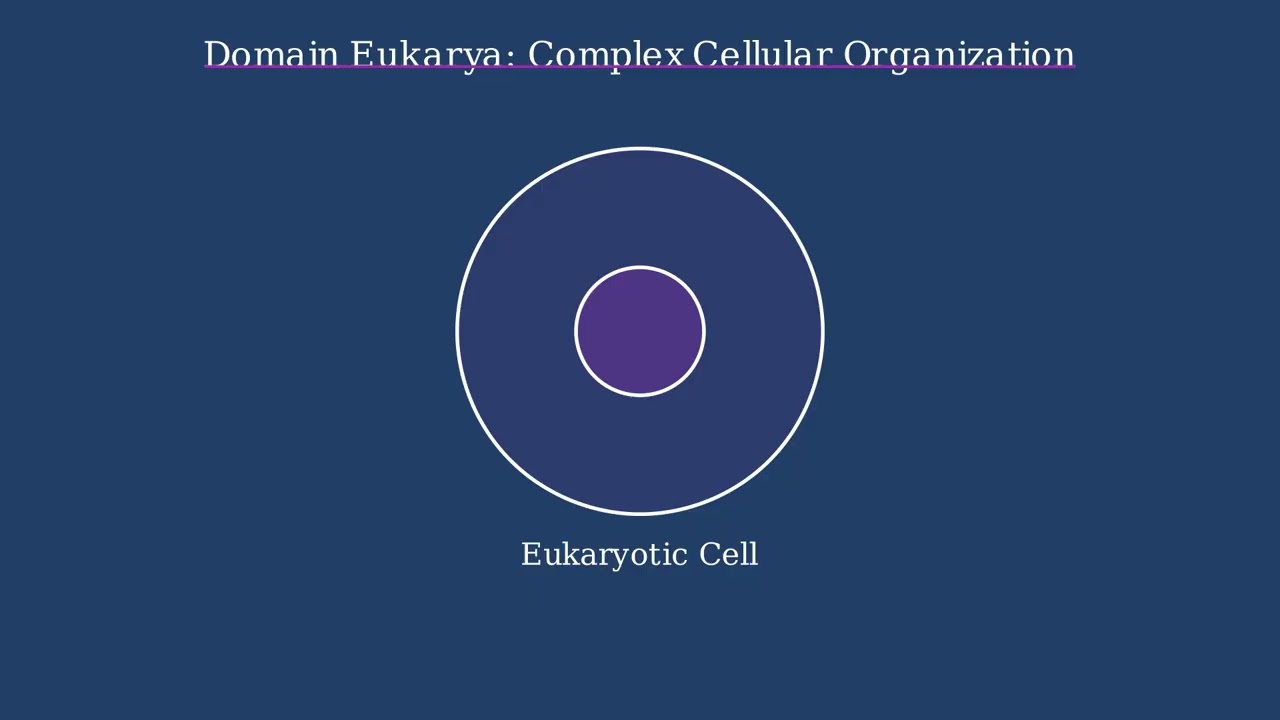
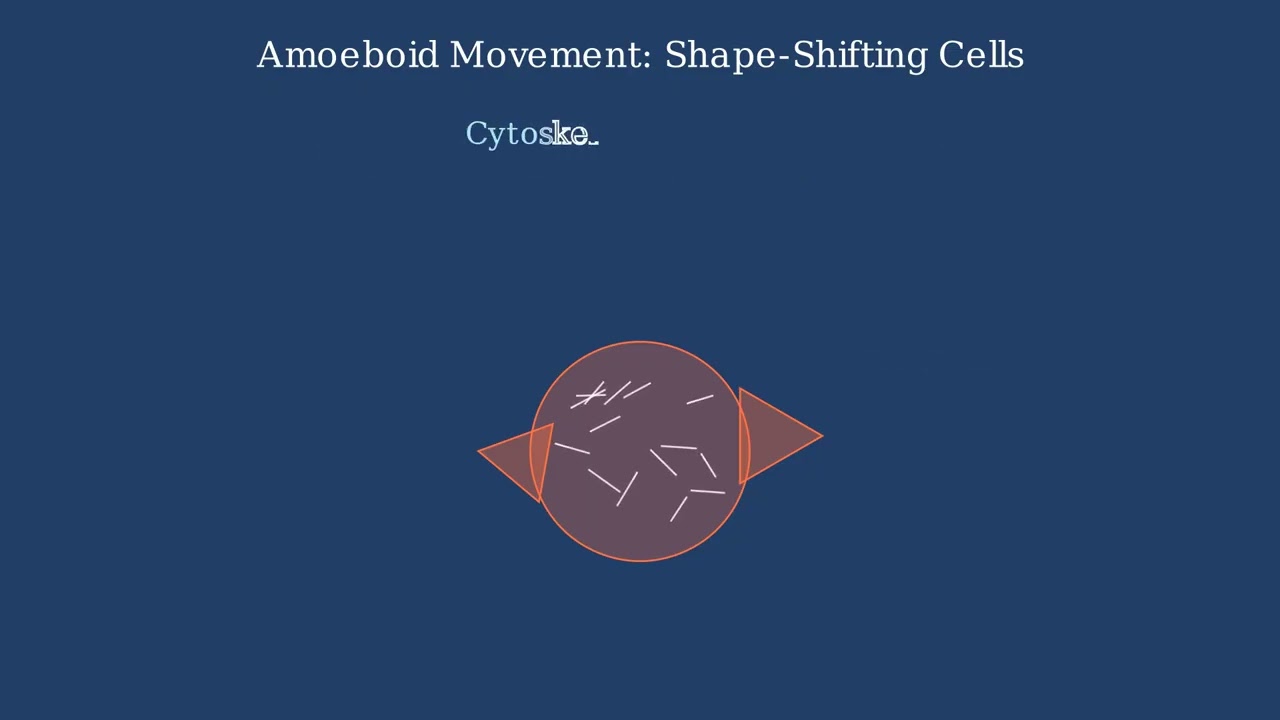
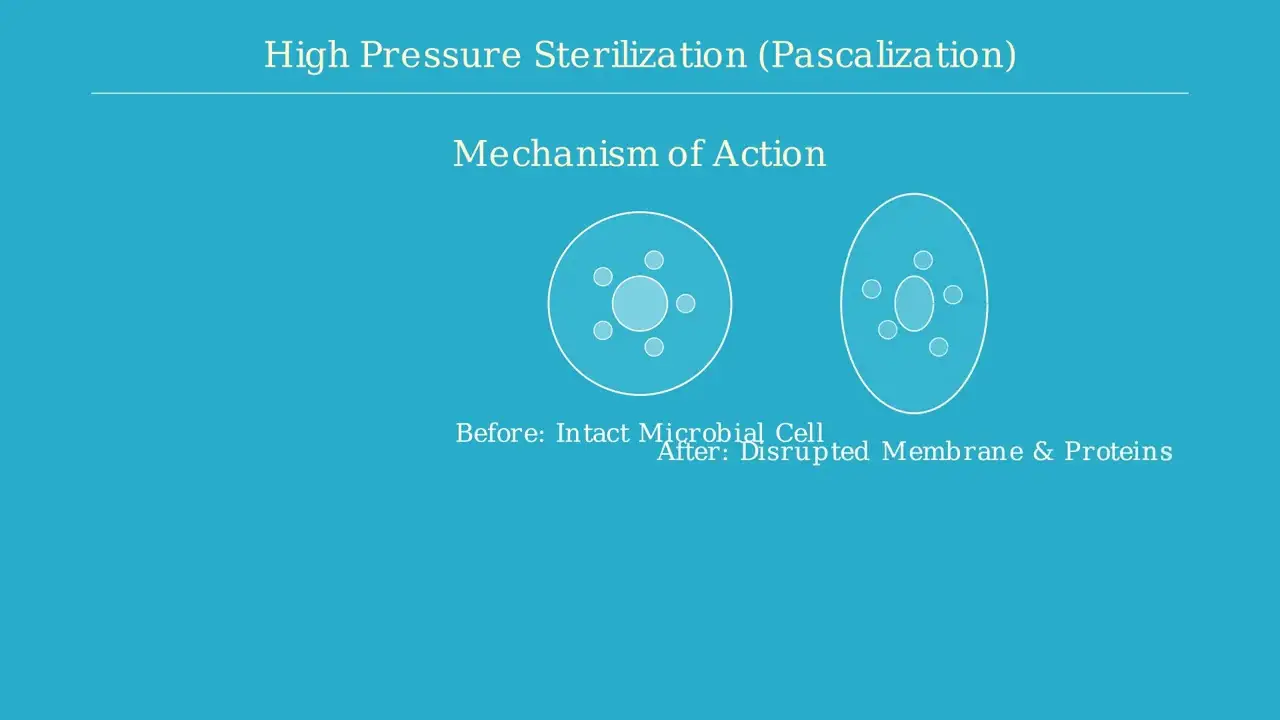
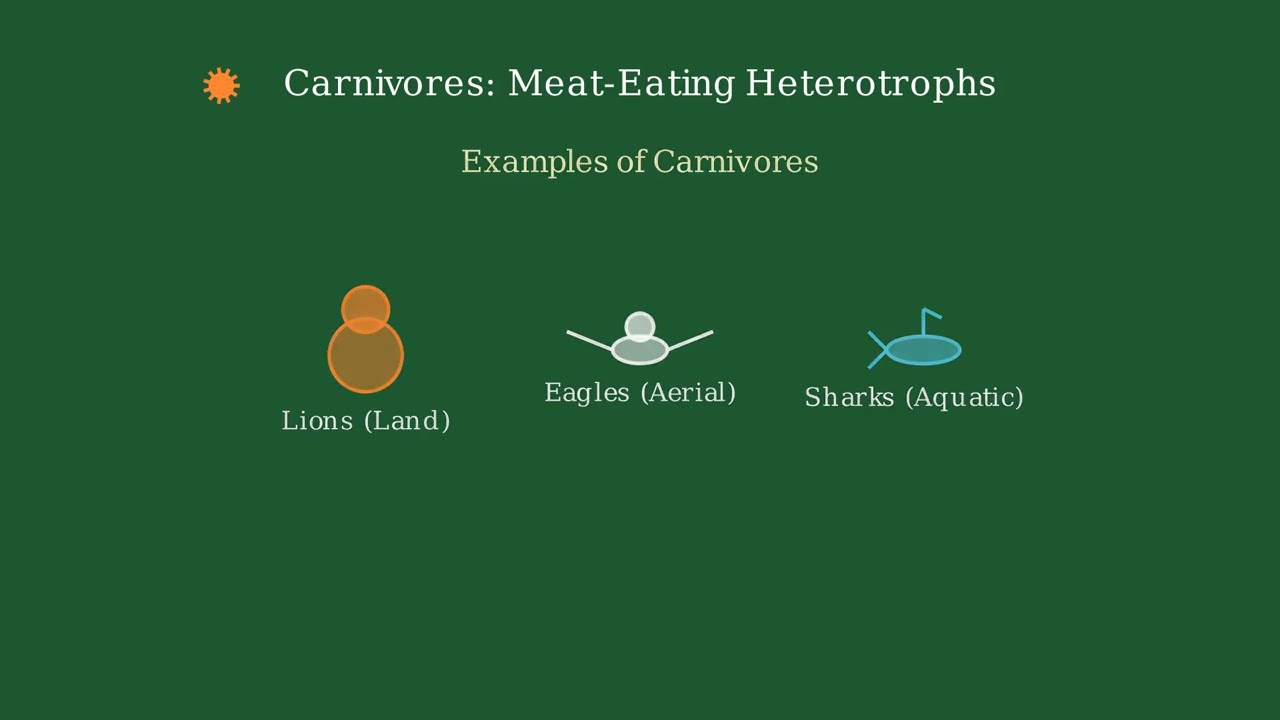
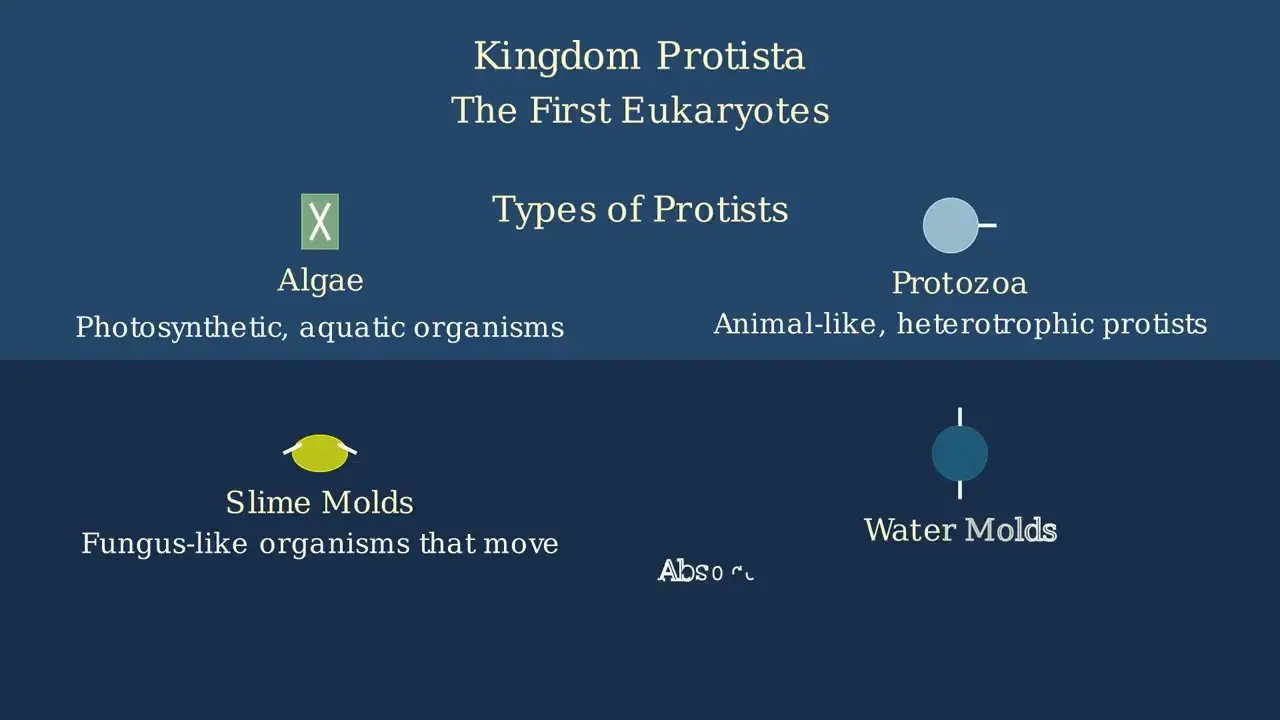
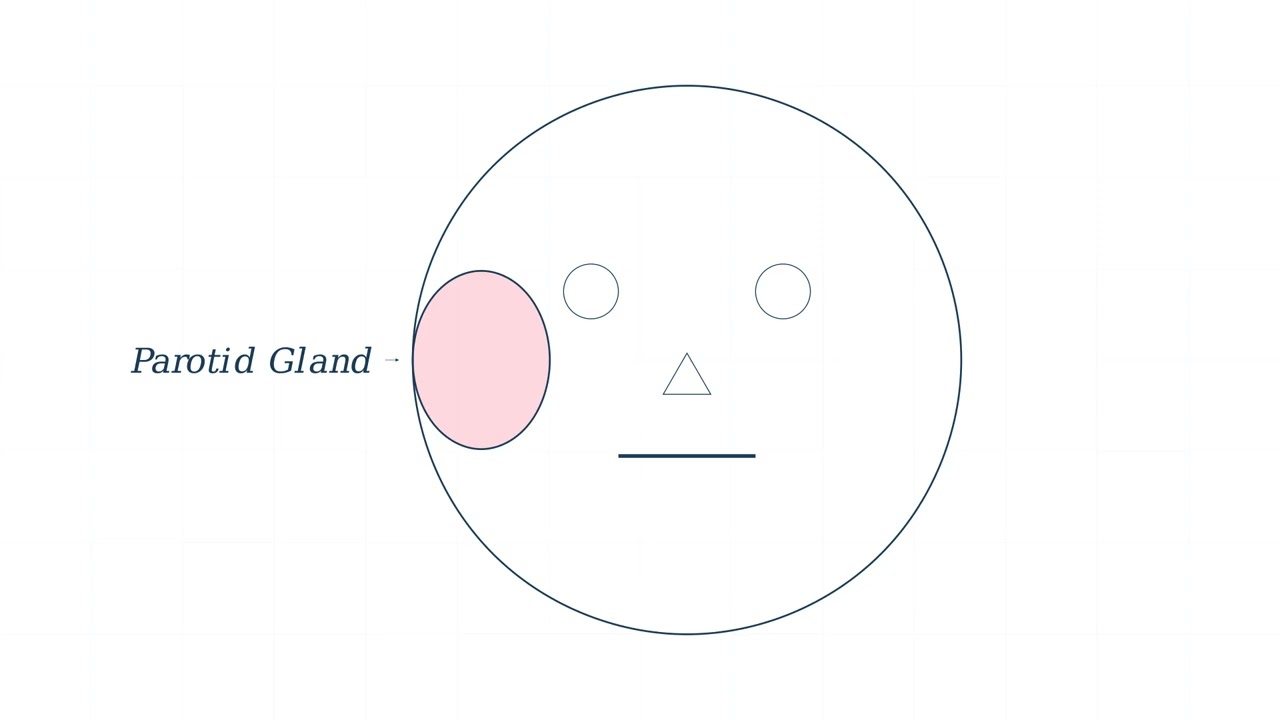

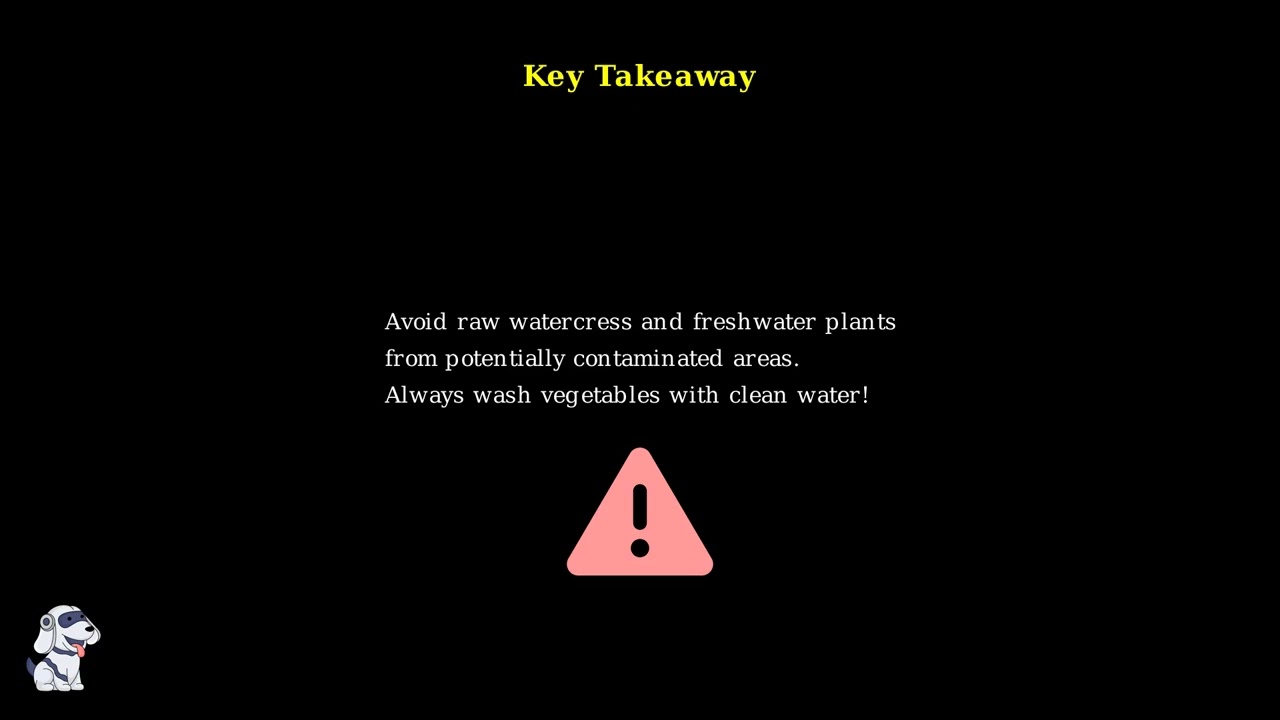
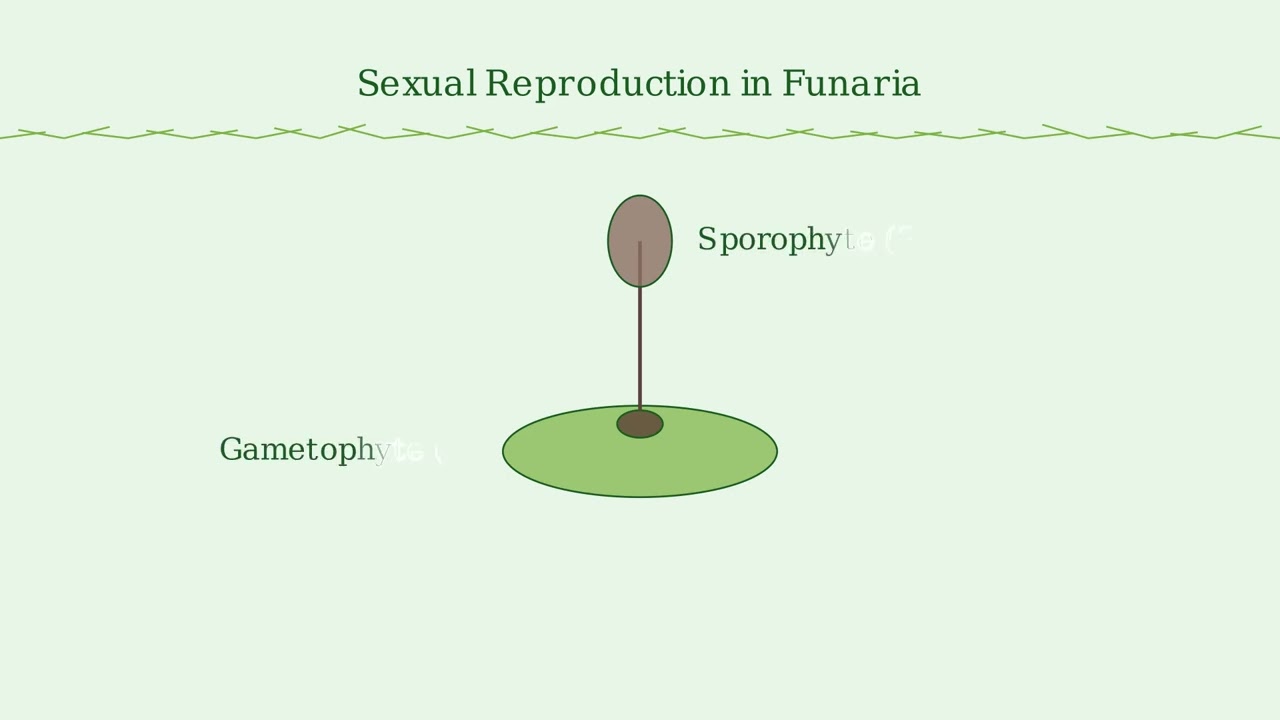

nice information